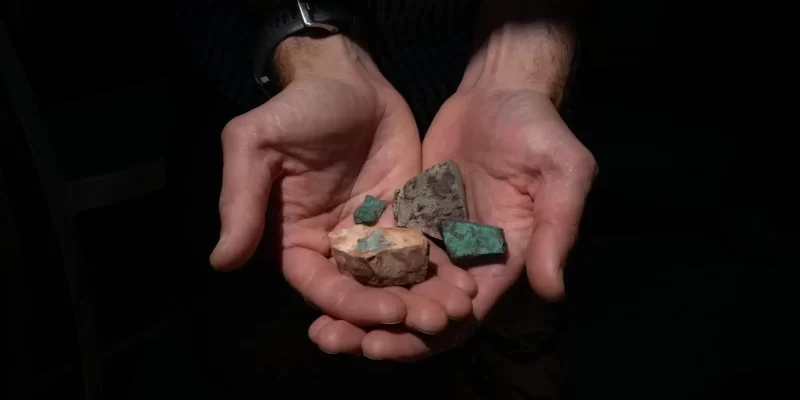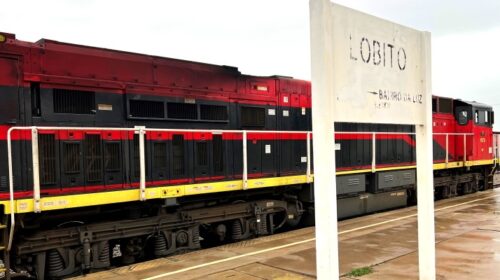A.I. Technology Uncovers Vast Copper Deposit in Zambia
Last year in California, data scientists peered into their screens and witnessed a remarkable revelation: a massive copper deposit deep in Zambia’s bedrock. This discovery, driven by years of A.I.-based research, marks a significant milestone for KoBold Metals.
On Thursday, KoBold announced this potentially largest copper discovery in over a decade. Estimates reviewed by The New York Times suggest the mine could produce at least 300,000 tons of copper annually, translating to billions of dollars over decades.
An independent third-party assessment largely confirmed the size of the deposit. KoBold anticipates the mine’s value will increase as they map more of the high-grade ore.
This success story underscores KoBold’s ambition to revolutionize the search for metals essential to technology and climate change efforts.
The discovery is geopolitically significant amid growing U.S.-China competition for resources critical to clean-energy technologies.
KoBold was founded five years ago by Silicon Valley entrepreneurs who recognized the need for raw materials like copper, cobalt, lithium, and nickel for batteries and advanced technologies.
Traditional mining techniques were becoming less effective, prompting a shift towards innovative methods. The U.S. government also realized its dependence on China for these vital resources, spurring a search for new sources.
The International Energy Forum estimates that between 35 and 194 large new copper mines will be needed by 2050, translating to up to six new mines annually.
Investors, including Bill Gates and Sam Altman, have poured hundreds of millions into KoBold, which now has over 60 exploration projects worldwide. In Zambia, production is expected to begin in the early 2030s, with KoBold owning stakes in the mines.
KoBold’s CEO, Kurt House, emphasizes the company’s potential for profit through proprietary technology. KoBold is investing $2.3 billion in its first mine and navigating complex partnerships. They rely on U.S. government support for infrastructure, such as a new railway for copper export.
Tom Hunt, leading KoBold’s data science team from California, and Daniel Snowden-Ifft, a physicist from Occidental College, are developing advanced tools like muon detectors to locate valuable underground resources.
These innovations are part of KoBold’s TerraShed database, which includes historical and modern geological data.
Despite the potential benefits, there are concerns about the impact on local communities. Zambia, a country with a history of copper mining, faces economic challenges. KoBold’s planned underground mine might not provide many local jobs, although the company aims to uplift local communities.
Zambia’s President, Hakainde Hichilema, is pushing for a larger state-owned share of the mine to increase national revenue. However, the benefits for Zambia remain uncertain, while the U.S. sees strategic advantages.
The Biden administration is supporting infrastructure to facilitate copper export and compete with China’s dominance in Africa.
As the U.S. seeks to secure essential minerals for its energy transition, challenges remain, including debates over ocean mining and domestic opposition to new mines. The outcome of the next presidential election could also impact these efforts.
KoBold’s discovery in Zambia is a promising start, but the path to transforming the mining industry and securing critical resources is complex and fraught with challenges.
SOURCE:nytimes.com
150 total views , 1 views today





